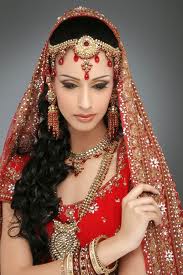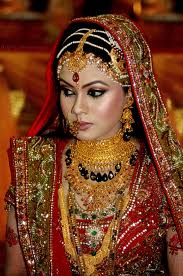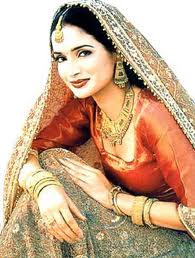Thursday, 6 March 2014
get ready for a party now .. simple steps. !!!
Are you always a chicken running around with its head cut off when it comes to getting ready for a party? Would you like to be relaxed and glamorous for when the party starts?
If so, just follow the steps below.
1.So you've been invited to a party and you want to look your best. As soon as you've have accepted the invitation, think about what you will wear. This is vital because then the rest of your 'getting ready' things will be tailored to fit the outfit. Only wear things you are comfortable and confident in, whether a short dress or jeans. Remember that what might be right for your friends, may not be right for you. You may wish to buy a new outfit if the party is themed or if you can afford to splash out. If you have an outfit in your wardrobe which you've only worn once but adore, go for it!
2.Outfit chosen, make sure you have accessories and all the necessities chosen too. Pre-planning is essential; you don't want to find out on the night that the black heels you were planning to wear are broken! Make sure you have shoes, jewellery if you like, a handbag and outerwear. Always be prepared for the weather changes, so keep a light jacket on you and maybe carry an umbrella.
3.Your clothes are ready; you are half way there. This is all prior to the actual day of the party but you may wish to divulge the details of your outfit to your friends. However, if you really want to go all out keep it all a secret!
4.The party day has arrived! Ensure you've had at least eight hours of sleep the previous night to ensure dark circles have disappeared and leaving you refreshed and ready to party all night!
5.Play some music to put you in the mood and hype you up for the upcoming evening.
6.Now shower. You can wash your hair if you wish but be warned that your hair will become less manageable so if you're planning a complicated hairstyle it is wise to wash it the day before to ensure success. If this is the case, instead use a shower cap. Whenever you do wash your hair, also use a hair mask for that extra mile to help you looking glamorous! Also exfoliate to ensure your skin is shining and there are no dead skin cells. If you're a shaving girl you would obviously shave at this stage not forgetting underarms. However, others may prefer to wax and should have done so at least 2 days prior to the event to ensure redness and irritation has disappeared.
7.Once dry, moisturise your body, not forgetting arms (particularly elbows), legs and feet. Either towel your hair or blow dry depending on your choice of hairstyle for the evening.
8.Put on sweats or raggedy clothes at this point for the nitty-gritty detail begins and you don't want to get your outfit dirty!
9.Eyebrow time! Yes you can't do as many things with them as your eyes, but they are incredibly important as they frame your face. You may have had them threaded, plucked or waxed professionally in advance but even so use a good magnifying mirror and lighting to pluck any rogue hairs. Remember not to over pluck - you don't want to look constantly surprised! It's best to pluck eyebrows at this stage after the shower because the pores on your face are more open and it is less likely to hurt too!
10.Apply a good face mask and leave it on for the required number of minutes. Whether an original mud mask or an avocado mask or whatever, these really do make a difference, leaving your skin supple and glowing. Remove the mask carefully without damaging the skin.
11.Use deodorant at this stage. However, you may wish to put it on before you leave. I advise doing both for extra protection.
12.Now shape your nails (if you have not visited a professional prior). Check that they are all the same length and shape. Apply nail varnish. A base coat, colour and topcoat are essential for the best nails. When applying the three different varnishes, always be patient and leave 5 minutes between each stage otherwise the layers will mix, smudge and not have the desired effect (trust me). Remember attention to details is essential. If you prefer not to wear any colour on your nails then opt for a nude or pale pink shade. Still too much? Then only wear a clear shade. Remember, feeling comfortable is critical to having a good time later on so never wear anything that will make you self-conscious throughout the party. Don't forget toe nails, especially if you're wearing peep-toes or sandals etc. Make sure your hands and feet are painted in the same colour. Please also note that the base-coat, colour and topcoat routine is not as critical for your toes.
13.Style your hair.. Curled, straightened, plaited, waved or natural - do whatever you like and whatever makes you feel beautiful. Use clips, flowers, Alice bands, bows or whatever you like. If you're willing to spread your wings, use hair accessories you wouldn't usually use. Make sure that your hairstyle matches the essence of your outfit. Once your hair is done make sure you set it with a good quality hairspray to ensure so your hair stays in place.
14.Make-up time! Don't go overboard - you don't want to be mistaken for a drag queen! Just wear a party look you like or your usual style - whatever you like, the choice is yours. Again though, make sure it fits in with the essence of your outfit. It may is also good to practice make-up before to ensure you can create the desired effect (eg. wearing false eyelashes).
15.Put the essential items in your chosen handbag for the evening. These will probably include: mobile, compact, money, lipstick and plasters if you're wearing heels etc. These are only a few ideas. Cater for your individual needs. You may wish to compile a list prior to ensure you haven't forgotten anything.
16.Get dressed in your party outfit! Wear the clothes you had previously decided. They should also be clean and ironed if necessary.
17.Spray your favourite perfume on. Neck, wrists and behind the knees are all the customary places. Also reapply deodorant at this stage if you wish.
18.Make sure your bedroom is tidy so that when/if you return you can crash on your bed without a bottle of moisturizer poking you in the back! It may be better to tidy as you go along, that way you won't be rushing around at the last minute in your nice things.
19.Check that all appliances like curling tongs, straighteners etc are turned off for safety. Also turn off the music.
20.Grab your bag, put on your jacket, check in the mirror that everything still looks great, touch up if necessary and PAINT THE TOWN RED! Have a great time and I'm sure you'll look gorgeous!
nail polish for short nails!

If there's one thing that causes a lot of debate amongst nail art fans everywhere, it's deciding which nail polish is best for short nails. While some believe that subtle nude shades are best, others are inclined to stick with bright, bold colors or even a "riskier" dark nail polish.
You might say it was a divisive topic...
So, how are you supposed to figure out which nail polish is best for short nails? Truthfully, it all comes down to what makes you happy! (Best answer ever, right?)
The really important thing, however long your nails are, is to make sure you take care of them. That means moisturizing your hands, filing your nails, pushing your cuticles back, polishing your nails... but it's all worth it, we promise! After all, badly looked-after nails look just as bad when they're short as they do when they're long.
The dark side:
Dark nail polish, or colorful ones for that matter, can seem a little daunting when you have short nails as it can make nails appear shorter. One way of making your nails seem longer when applying a dark nail polish is not to cover the whole of your nail.
Simply not painting the very edges at the sides of your nail will help them to look longer.
The transparent look:
With bright nail polish, any chips or generally annoying imperfections become pretty obvious very quickly, turning your manicure from downright gorgeous to downright disgraceful in no time. Transparent nail polish, on the other hand, allows you to get the odd chip without announcing it to the whole wide world, meaning a little touch-up here and there is all you need for a seemingly impeccable look. Not only that, a see-through manicure takes a fraction of the time to do in the first place, making it perfect for anyone on a tight schedule!
The pastel compromise:
Pastels kind of have it all going on. At once bright and subtle, they're the perfect compromise between dark and transparent looks. All you have to do is pick a color you like (and apply a base and top coat, naturally).
Do you have a preferred look for short nails?
Women Clothing in India varies widely and is closely related to local culture, religion and climate.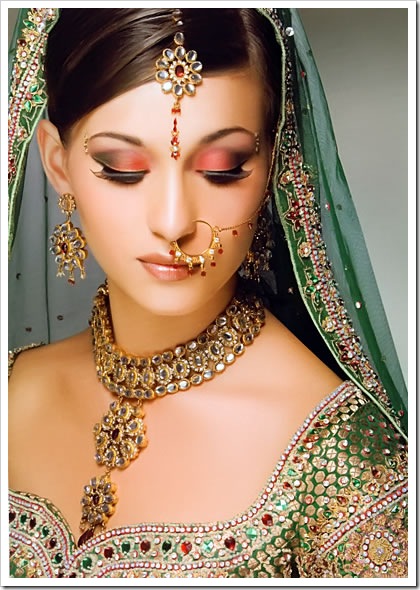 Traditional Indian clothing for women are the saris or the salwar kameez and also Ghaghra Cholis (Lehengas). For men, traditional clothes are the Dhoti, Lungi or Kurta. Mumbai, formerly known as Bombay, is one of India's fashion capitals. In some village parts of India, traditional clothing mostly will be worn. In southern India the men wear long, white sheets of cloth called dhoti in north Indian languages like Hindi and Bengali and veshti in Tamil. Over the dhoti, men wear shirts, t-shirts, or anything else. Women wear a sari, a long sheet of colourful cloth with patterns. This is draped over a simple or fancy blouse. This is worn by young ladies and woman. Little girls wear a pavada. A pavada is a long skirt worn under a blouse. Both are often daily patterned. Bindi is part of the women's make-up. Indo-western clothing is the fusion of Western and Subcontinental fashion. Churidar, Dupatta, Gamchha, Kurta, Mundum Neriyathum, Sherwani are among other clothes. | ||
|
Subscribe to:
Posts (Atom)
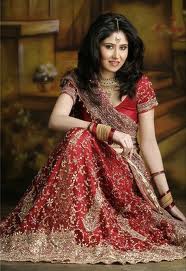
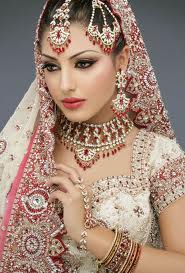 designs and colours. The zari work on the pallus and borders add to the sophistication and elegance of these saris. Mysore silk saris are considered to be very durable and can be washed and worn as often as required.
designs and colours. The zari work on the pallus and borders add to the sophistication and elegance of these saris. Mysore silk saris are considered to be very durable and can be washed and worn as often as required.